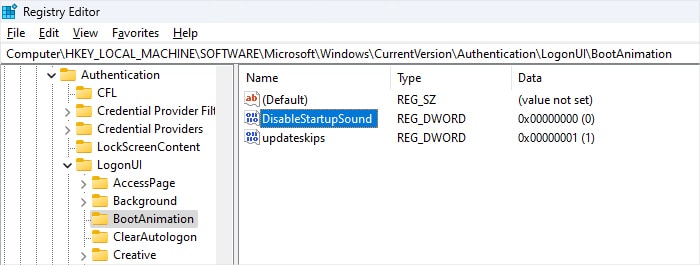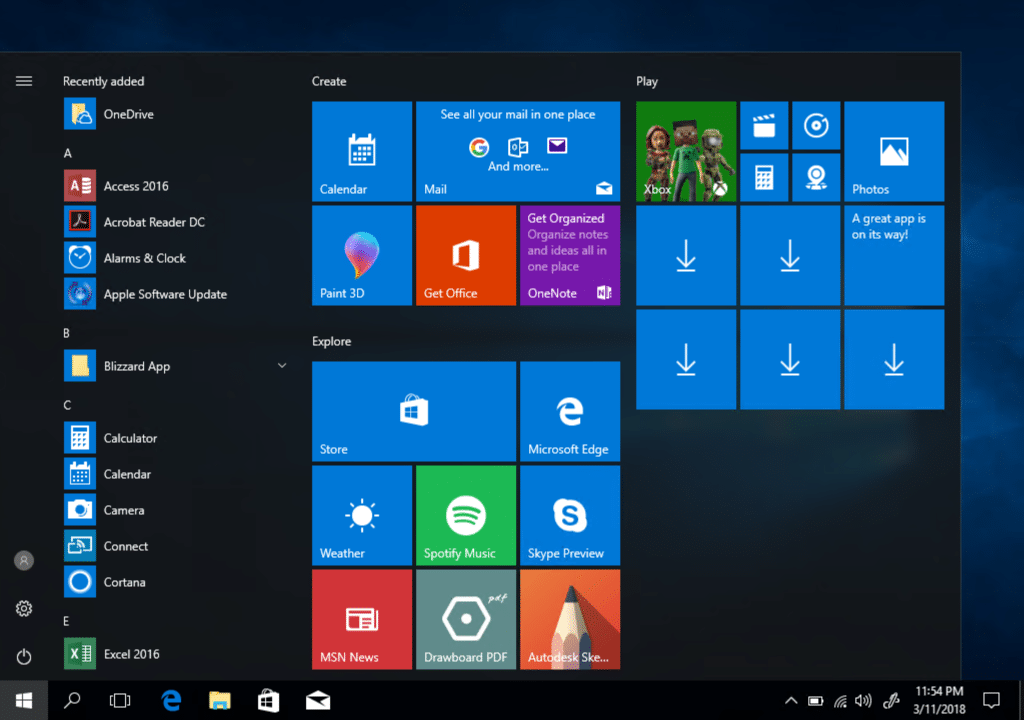

The programs in Windows 10 Startup folder runs automatically when boots your computer. The Startup folder contains lots of programs.

Navigate to Windows Control Panel and open User Accounts.Ģ. So, apply the steps below at your own risk, or add the desired application at startup using the Task Scheduler method.ġ. ** CAUTION: For safety reasons is not recommended to Disable UAC. * Note: This step is required if you want to avoid answering "YES" to the UAC warning message at every system boot. Close the Registry Editor and continue to step-3. If you want to run the Core Temp utility, at system startup (as in this example), type "CoreTemp".)Ħ. Name the new value with the name of the program you want to run. At the right pane, right-click at an empty space and choose New > String Value.Ĥ.


HKEY_LOCAL_MACHINE\SOFTWARE\WOW6432Node\Microsoft\Windows\CurrentVersion\Runģ. In Registry, navigate to the following location: Type regedit and press Enter to open Registry Editor.Ģ. Simultaneously press the Win + R keys to open the run command box.Ģ. Add the Program at Windows Startup using Registry.ġ. Highlight and Copy (CTRL + C) the Target path. Right-click on the program shortcut and select Properties.ģ. Create a shortcut of the program that you want to run at startup on your desktop (if you haven't done this already).Ģ. Find and Copy the Path of the Program that you want to run at Startup.ġ. How to FIX: Startup Programs Not Running in Windows 10. Relate Article: How to Add a Program at Windows 10 Startup.In this tutorial you will find instructions on how to resolve the following problem in Windows 10: Startup Programs not Running. But, some users complains that this method does work in Windows 10 and the Startup Program is not launching. As you may know the usual way to run a program at Windows startup, is to place a shortcut of the its.


 0 kommentar(er)
0 kommentar(er)
